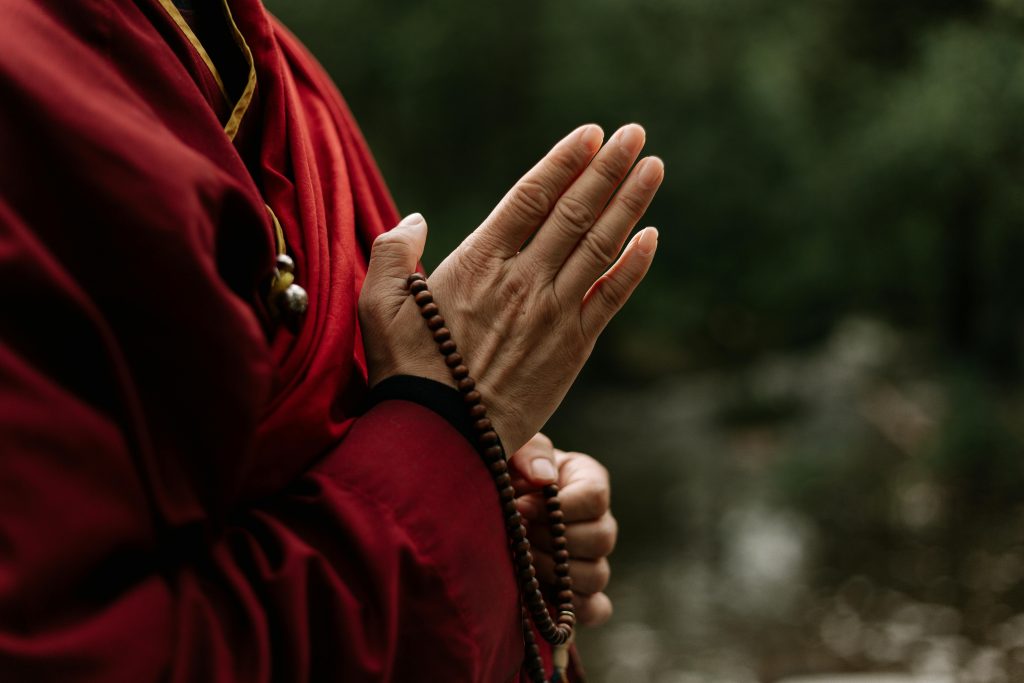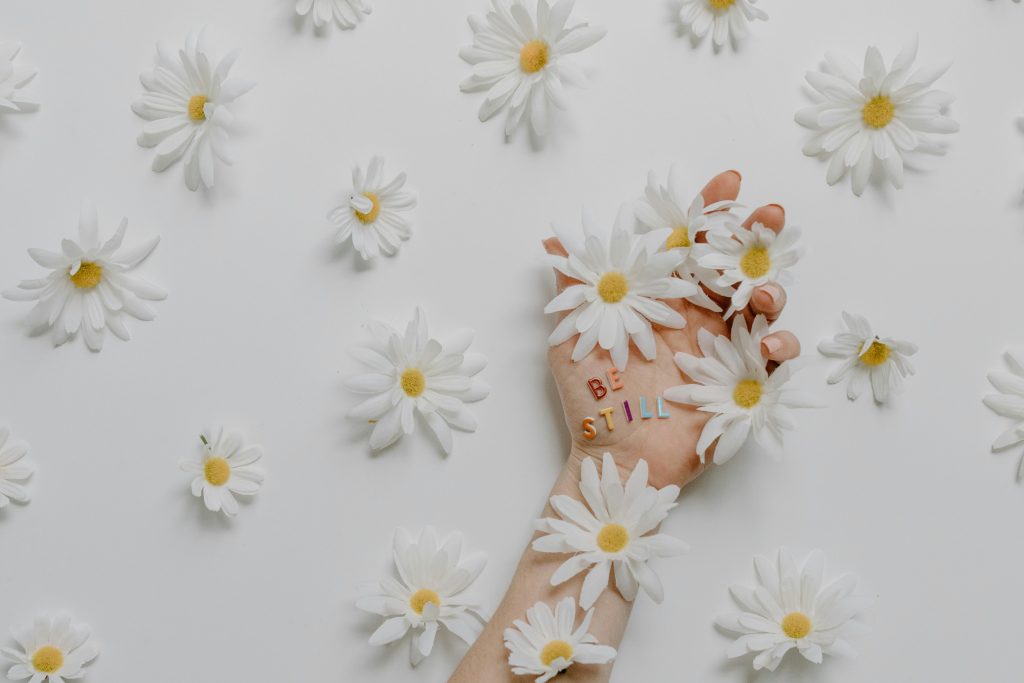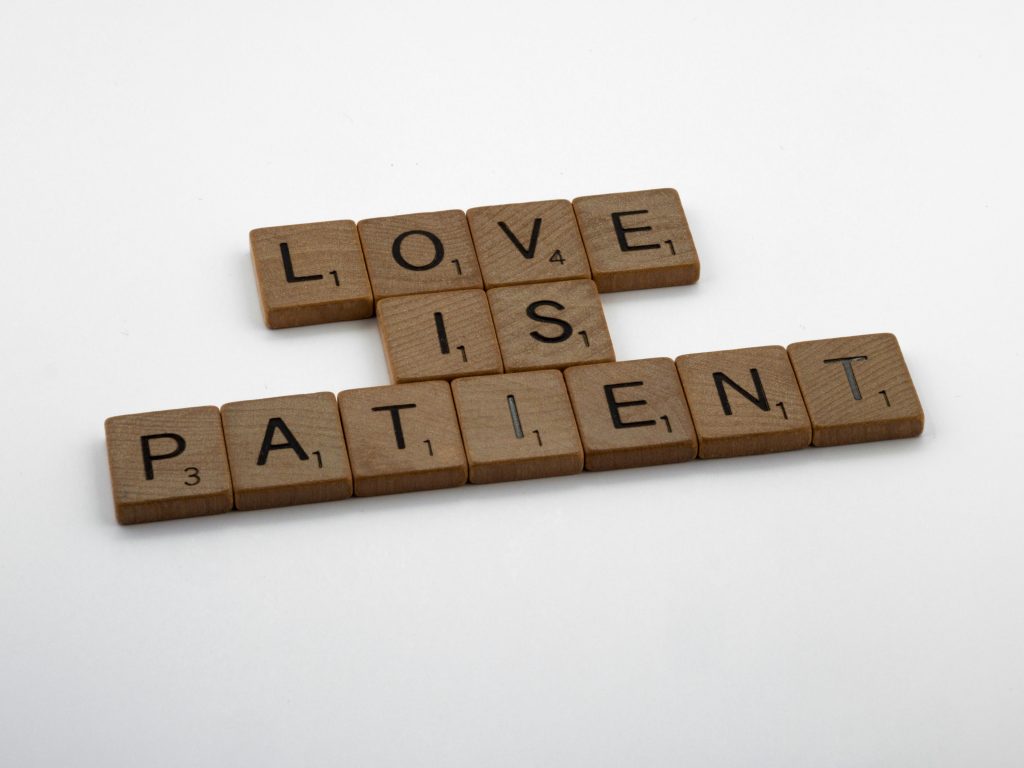Introduction
In a fast-paced world filled with distractions, demands, and constant noise, finding a few moments of calm each day is more important than ever. That’s where mindfulness comes in. Simple, accessible, and backed by science, mindfulness helps reduce stress, increase self-awareness, and improve focus—one breath at a time.
But while the benefits are well known, many people still struggle with one thing: how to actually get started.

This guide will show you how to build a sustainable daily mindfulness practice, even if you’re busy, skeptical, or brand new to meditation. With just a few minutes a day, you can create space for clarity, calm, and intentional living.
What Is Mindfulness?
Mindfulness is the practice of paying attention, on purpose, in the present moment—without judgment. It’s about observing your thoughts, feelings, and sensations with curiosity rather than reaction.
It’s not about emptying your mind or achieving a perfect state of calm. It’s about creating awareness of what’s happening right now, so you can respond with clarity instead of autopilot.
Why Build a Daily Practice?
Consistency is key. A daily practice, even if brief, can:
- Lower stress and anxiety
- Improve sleep and concentration
- Reduce emotional reactivity
- Enhance resilience and mood
- Strengthen focus and productivity

Over time, mindfulness shifts from a practice to a way of being—supporting mental clarity and emotional balance throughout your day.
Step 1: Start Small and Keep It Simple
You don’t need to meditate for 30 minutes a day to see benefits. In fact, 5–10 minutes is enough to begin experiencing results.
Try This:
- Choose a quiet place to sit or lie down
- Close your eyes or soften your gaze
- Focus on your breathing—notice the inhale and exhale
- When your mind wanders (it will), gently return to the breath
Set a timer and aim for just 5 minutes a day to start. As the habit forms, you can gradually increase the duration.
Step 2: Choose a Consistent Time
Routines make habits stick. Pick a time that fits naturally into your day.
Good options include:
- First thing in the morning
- During a lunch break
- Just before bed
- After a workout or walk
Consistency helps build momentum. Anchor your mindfulness to a daily habit you already have, like brushing your teeth or making coffee.
Step 3: Use Guidance If You Need It
If sitting in silence feels overwhelming, try guided meditations. These offer structure and support for beginners.
Tools to Explore:
- Focusly App or other meditation apps
- YouTube mindfulness sessions
- Podcast-style guided meditations
- Local classes or online mindfulness groups

Guided practices often include breathing exercises, body scans, or visualisations—all helpful for developing presence and reducing stress.
Step 4: Don’t Judge Your Experience
There’s no “perfect” way to be mindful. Some days your mind will be calm; other days it may feel busy or restless—and that’s okay.
Remember:
- It’s normal for thoughts to come and go
- Mindfulness is about awareness, not control
- Progress isn’t measured by how peaceful you feel, but by how aware you become
Being kind to yourself is part of the practice.
Step 5: Bring Mindfulness Into Daily Life
Mindfulness isn’t just for meditation cushions—it can be practiced anywhere, anytime.
Daily Mindfulness Ideas:
- Mindful walking: focus on each step and your surroundings
- Mindful eating: notice the taste, texture, and pace of your meals
- Mindful listening: give someone your full attention without planning your response
- One-minute pauses: stop, breathe, and observe when switching tasks or during stress

Even short mindful moments during the day build awareness and calm.
Step 6: Track Your Practice and Reflect
Keeping a simple journal or using an app to log your sessions can help with consistency and self-reflection.
Journal Prompts:
- How did I feel before and after today’s session?
- What thoughts kept arising?
- What felt helpful or difficult?
Reflection deepens the practice and helps identify patterns in your emotional or mental landscape.
Step 7: Stay Patient and Gentle With Yourself
Mindfulness is a practice, not a performance. Some days will feel easier than others, and that’s part of the journey.
Tips to Stay Motivated:
- Celebrate small wins (e.g., meditated 3 days in a row)
- Join a mindfulness group or community
- Remind yourself of your “why” regularly
- Return to the breath, again and again

You’re not doing it wrong—you’re doing the work.
Conclusion
Starting a daily mindfulness practice doesn’t require special skills, hours of spare time, or total silence. It just requires a willingness to pause, breathe, and pay attention. With consistency and compassion, mindfulness can become one of the most grounding, transformative habits in your life.
Start today. Start small. And watch how a few mindful moments can ripple out to create more presence, patience, and peace throughout your day.


